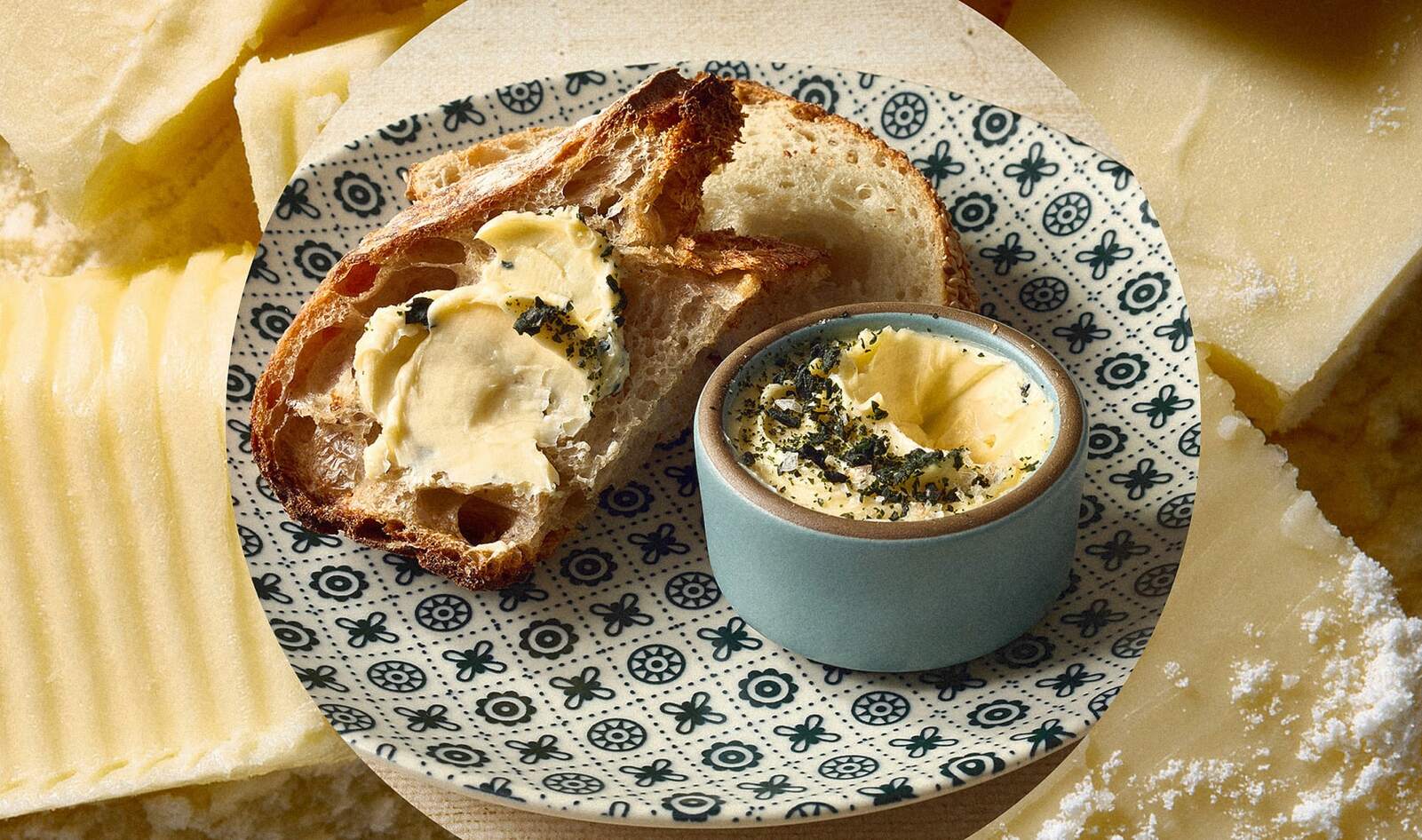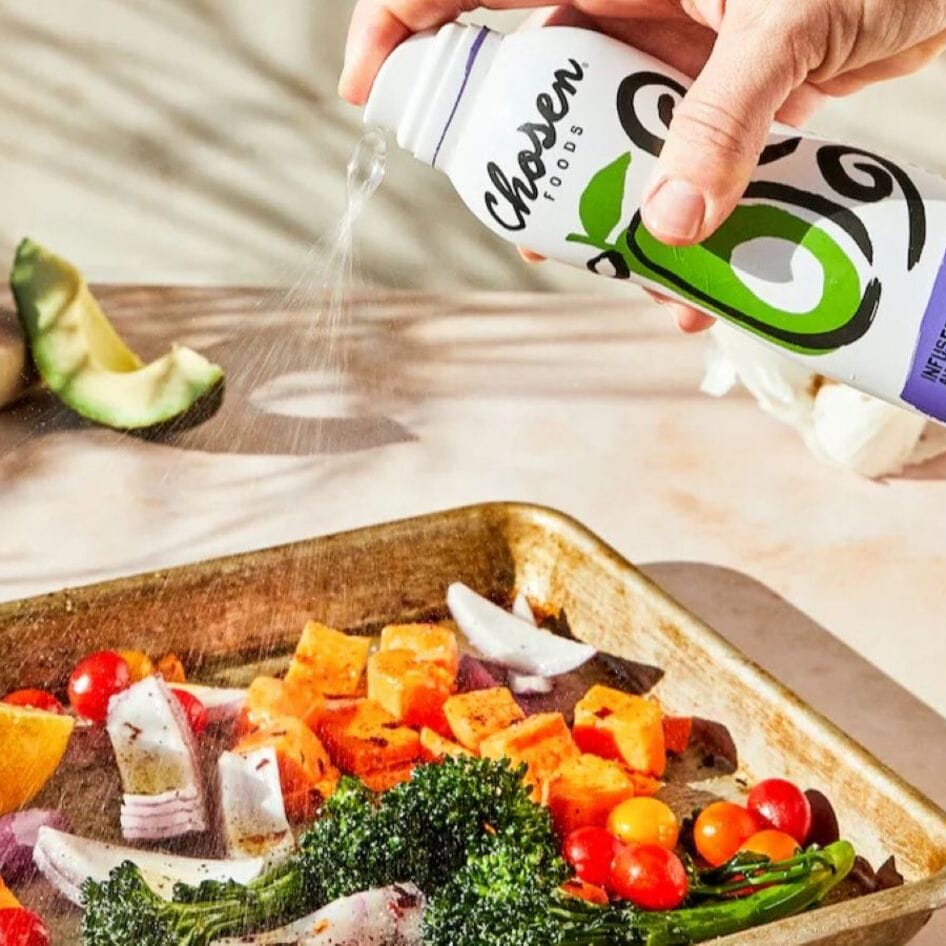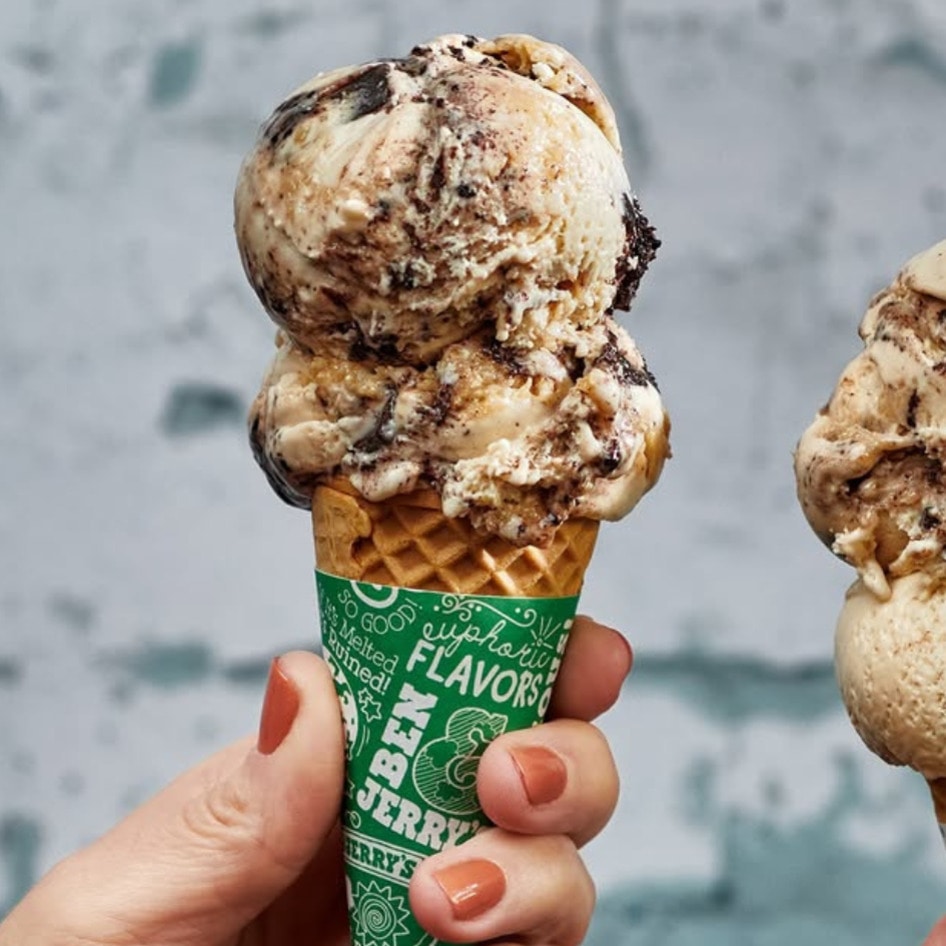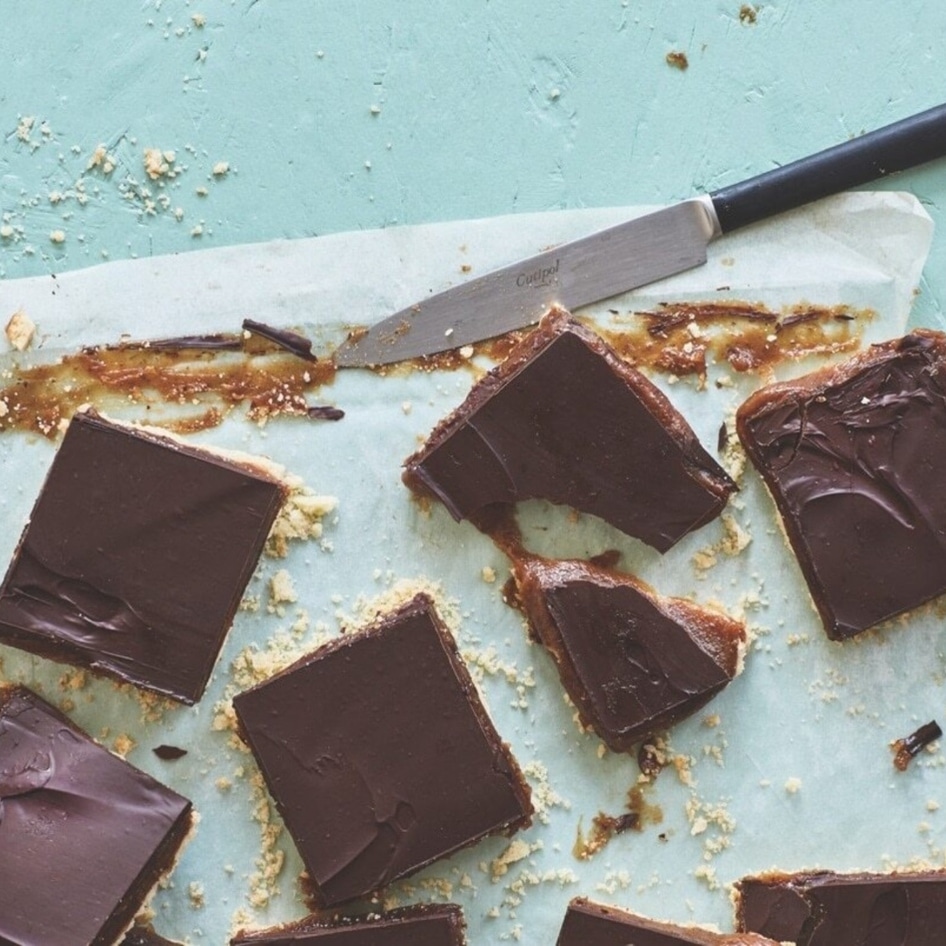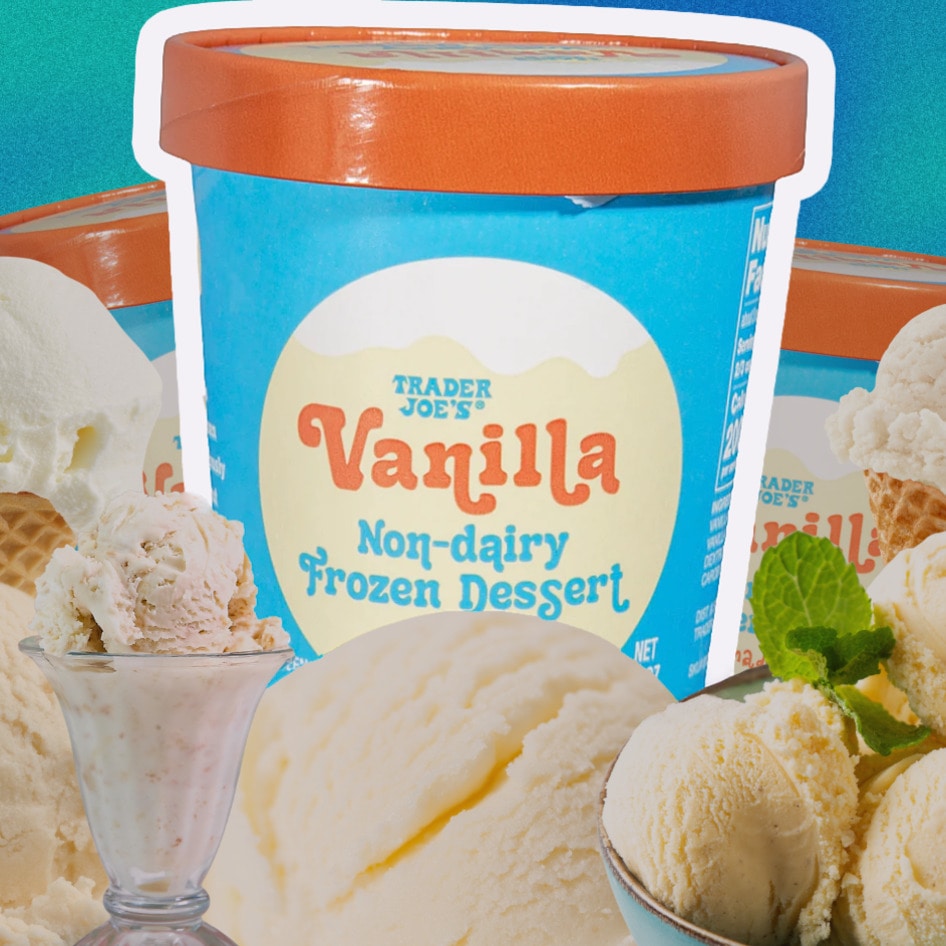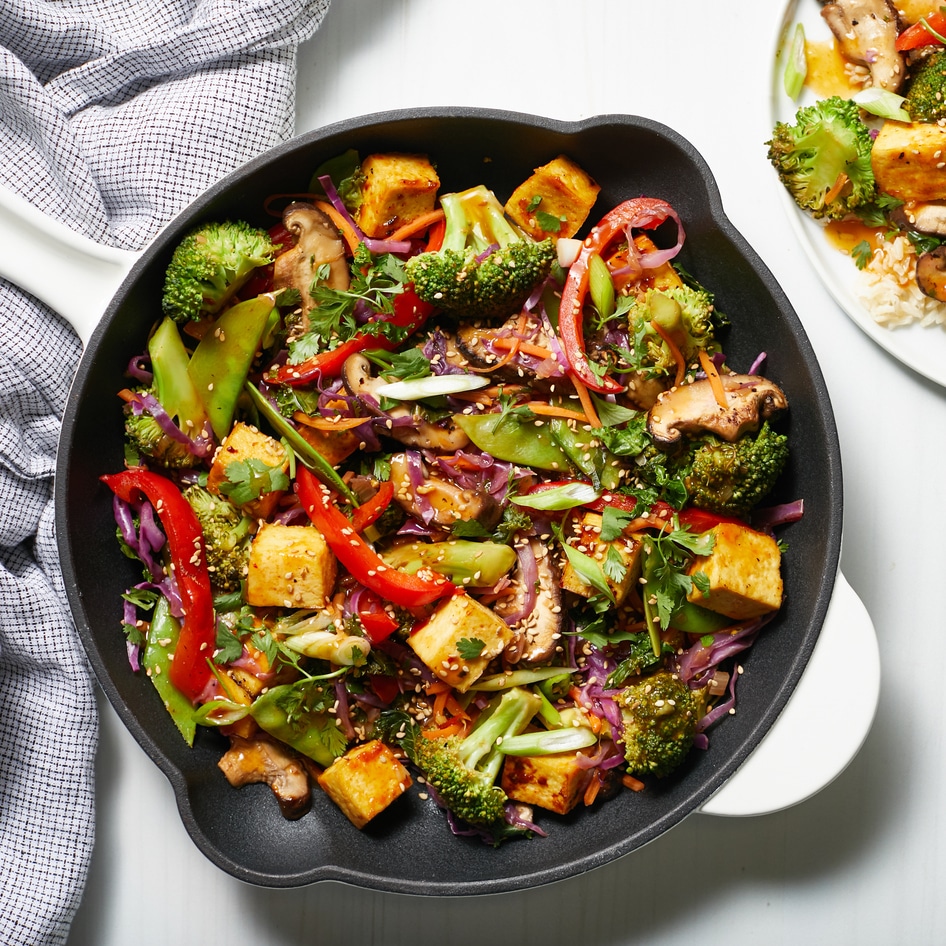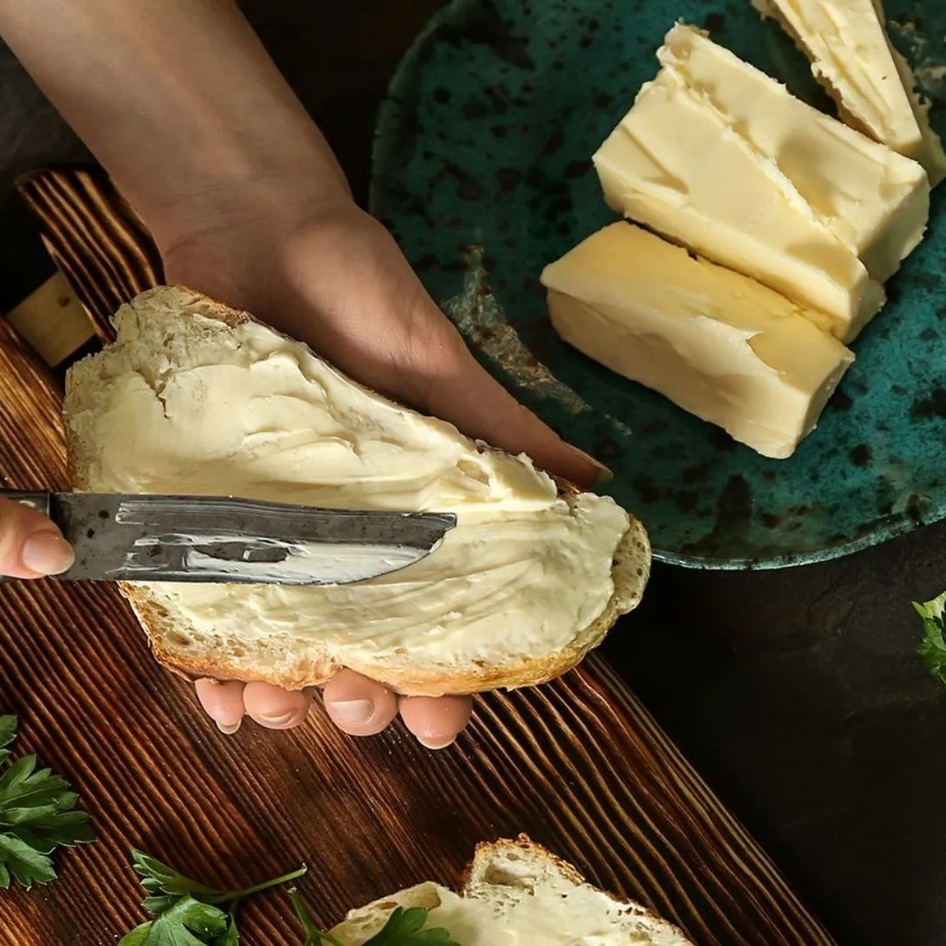We all know that excessive carbon dioxide isn’t good for the planet. In fact, it’s one of the biggest drivers of climate change. As a greenhouse gas, carbon dioxide traps heat in the Earth’s atmosphere. In small amounts, that’s normal—even necessary. But today, there’s far too much of it, and that excess is heating the planet at an unsustainable rate. The result? More extreme weather events, including storms, droughts, and wildfires—threatening both wildlife and human life.
From emissions to innovation
So, how do we keep carbon dioxide from reaching the atmosphere in the first place? The obvious solution is to cut emissions. But another exciting option? Recycling carbon into something new. Right now, a handful of pioneering companies are doing just that.
In 2021, for example, New York-based Air Company launched a vodka made with carbon dioxide. Yes, you read that right. The brand uses captured carbon—sourced from the air or industrial sites—along with hydrogen created via electrolysis to produce ethanol. Combine that with water, and you get vodka.
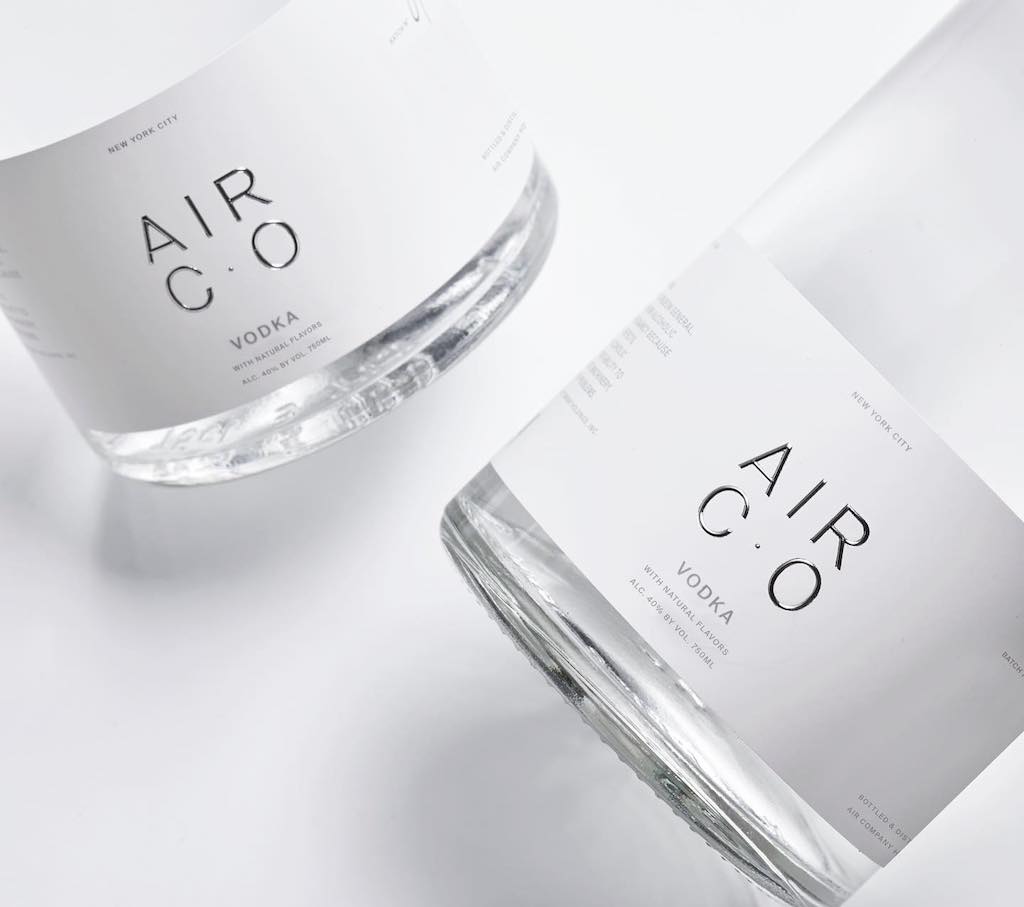 Air Company
Air Company
It’s not alone. Finnish startup Solar Foods captures carbon dioxide and combines it with hydrogen—generated using renewable energy like solar power—to produce a novel protein called Solein. This nutrient-dense powder can be used in everything from meat alternatives to egg-free foods.
And then there’s Savor, a California-based company transforming captured carbon into versatile, sustainable fats. Most recently, it unveiled its first-ever butter made using this technology. Already, Michelin-starred chefs are taking notice, and you may soon see it on menus at acclaimed restaurants like SingleThread and One65. Beyond butter, Savor’s carbon-based fats could one day replace animal fats, palm oil, and more.
But how does this science actually work? What does carbon-based butter taste like? And does it function like traditional fats in our bodies? We sat down with Savor CEO Kathleen Alexander to find out.
Turning carbon into butter with Savor CEO Kathleen Alexander
VegNews: Let’s start with the basics—how exactly do you turn carbon into butter?
Kathleen Alexander: Savor has developed a pioneering process that creates real fats without relying on traditional animal or plant agriculture. Our technology begins with the most fundamental building blocks of life—carbon gases like carbon dioxide and methane.
VN: And what do you do with those gases?
KA: Through a carefully controlled process involving heat and pressure, we transform these simple carbon gases directly into carbon chains. These chains are then converted into fatty acids—the essential building blocks of fats and oils—and ultimately into complete fat molecules.
VN: That skips a lot of the usual steps in how we get fat today, right?
KA: Exactly. This direct approach bypasses the lengthy traditional agricultural cycle where plants capture carbon, animals consume those plants, and humans then harvest, process, and refine those resources into usable fats. By eliminating this conventional pathway, our process dramatically reduces land use, water consumption, and greenhouse gas emissions.
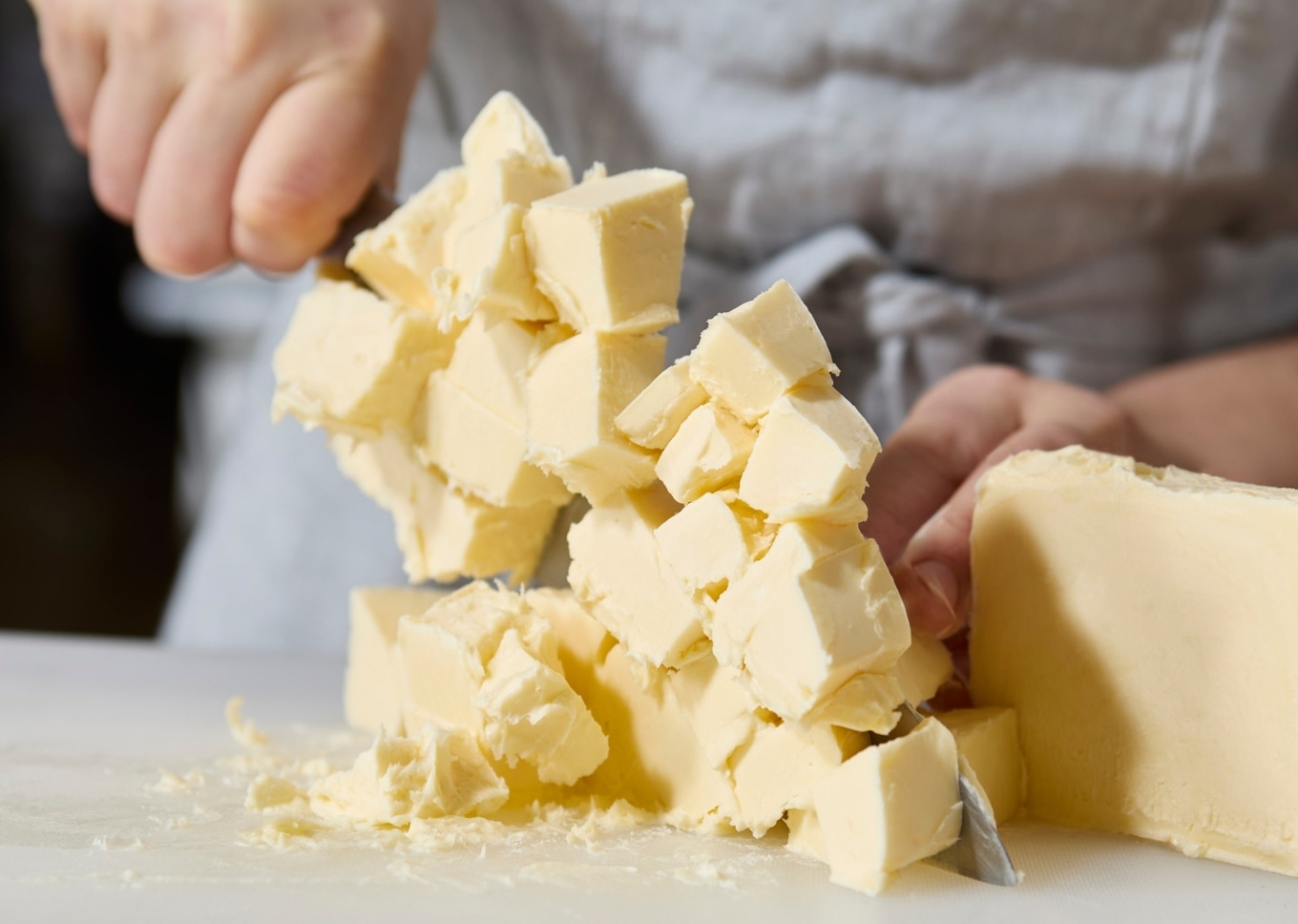 Savor
Savor
VN: And the final product—does it work the same way in our bodies?
KA: The fats we produce are chemically identical to those you consume daily, meaning they provide the same nutritional fuel for your body.
VN: Are there any nutritional advantages?
KA: What makes our fats distinctive is their composition—we produce higher concentrations of both medium-chain and odd-chain fatty acids compared to most agricultural fats. These particular fatty acid profiles have been associated with positive health outcomes, and we are currently conducting nutritional studies to better understand their potential benefits.
VN: That sounds incredibly versatile. Can you adjust the fat depending on what it’s needed for?
KA: Our technological platform offers unparalleled versatility. We can match the performance characteristics of virtually any type of fat—from animal fats and dairy fats to vegetable oils, tropical fats, and even specialty oils used in cosmetics—all using the same core technology. This flexibility, combined with our position in the broader energy ecosystem and our adaptability regarding feedstock, makes Savor uniquely positioned to meet diverse industry needs with sustainable fat solutions.
VN: Let’s talk about scale. A lot of alternative fat producers struggle to expand—how does Savor plan to grow sustainably?
KA: A peer-reviewed study published in Nature Sustainability—authored by myself, my co-founder Ian McKay, and others before we established the company—describes how we can achieve emissions intensities that are dramatically lower than traditional agriculture—much lower than 0.8 gCO2e/kcal at commercial scale.
VN: Are you verifying that independently?
KA: We are currently working with a third party to complete a lifecycle assessment (LCA) for our first commercial facility, which is in the design phase. As we continue to scale production capacity at our pilot plant, we may perform a formal LCA there as well, but our current efforts are focused on lifecycle assessment for commercial production.
VN: Beyond sustainability, what else sets Savor apart in terms of industry potential?
KA: Scalability and flexibility make Savor’s fat solutions uniquely positioned to meet industry needs. Our ability to match the performance of animal fats, dairy fats, vegetable oils, tropical fats, as well as specialty oils used in the cosmetics industry—all with the same technological platform—sets us apart.
BECOME A VEGNEWS VIP: Get exclusive product deals, freebies, and perks galore!
VN: Are food companies already taking an interest?
KA: Our proprietary technology has already attracted multinational consumer packaged goods companies, whose R&D teams are working on ingredient innovation projects that can leverage Savor’s unique ability to create customizable fats and oils. The company is actively negotiating joint development agreements with some of these partners, who have been particularly impressed by the versatility and tunability of fatty acid profiles that Savor’s platform can produce—capabilities that extend well beyond the company’s initial dairy-fat mimicking formulation.
 Savor
Savor
VN: All that science is impressive—but let’s get to the real test: taste. How does your butter compare?
KA: Our products are made to be direct substitutes in some of the most common applications and recipes. This is true whether our products replace existing fats, or are customized to meet a specific purpose, or if they are integrated into more complex products like butter.
VN: So can it pass the croissant test?
KA: Our initial butter formulation has properties that are amazingly close to dairy butter. Impressively, it can “croissant” and can be a 1:1 replacement in most baking applications, plus many other popular culinary uses for butter.
VN: And finally, what’s the feedback been like?
KA: Even the most discerning guests at our launch dinners couldn’t tell the difference between our butter and conventional butter.
For more plant-based stories like this, read:
JUMP TO ... Latest News | Recipes | Guides | Health | Subscribe

